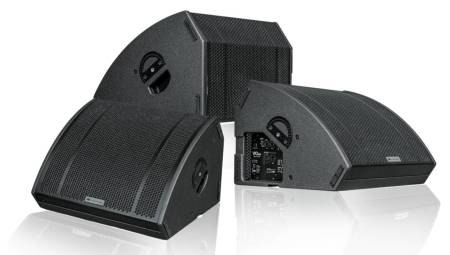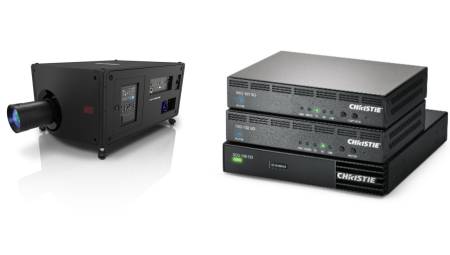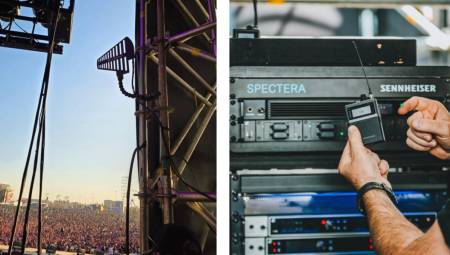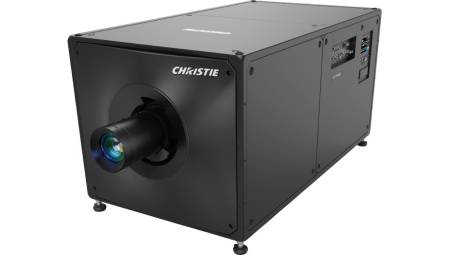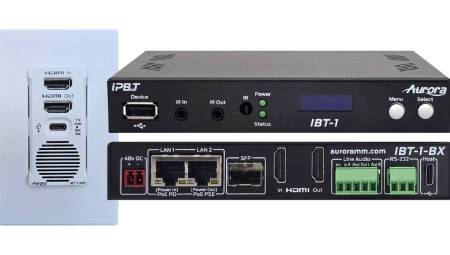 Latin America. The K-academy team identified 5 important aspects to consider when updating your home audio:
Latin America. The K-academy team identified 5 important aspects to consider when updating your home audio:
1. Soundscape approach
The sweet spot is literally the area of the room where the soundscape extends perfectly between the sound sources, whether it's a pair of stereo speakers or a fully immersive speaker system. Designing the perfect soundscape means finding the right location for the speaker system within the environment, adapting the configuration of the speakers to the architectural and aesthetic features of the room, with respect to the listening area. K-array's scalable solutions bring high degrees of freedom to sound architects and interior designers who seek the perfect design and balance.
2. Enlarge the system slightly: sooner or later the volume will increase!
The comfort of a living space or home theater system is closely related to the level and definition of the sound it contains. Sound is energy. Music is emotion. A well-designed soundscape can elicit reactions and improve overall mood. The relationship between musical characteristics and emotions differs between individuals. There is no doubt that we have a strong sense of rhythm, low vibrations and loudness. The energy at the low frequencies is the most emotional part of the music and our favorite songs and audio pieces deserve to be heard aloud with a proper balance of pristine sounds and well-defined highs and lows with deep control.
3. Adapt the sound system to your interior design: comfort will be a harmony of senses
Modern interior designs often include clean lines and simple colors. With absolute minimalism, it is very important that everything is mixed with architecture, especially where entertainment is fundamental to the activity of the room. Speakers should be part of the decoration themselves. A great example is the pre-packaged home theater system Luxury LED for Home developed by Samsung, in which several ultra-flat Vyper-KV52 K-matrix speakers were seamlessly integrated into the frame of the huge LED screen, providing a powerful sound that can be heard, but not seen.
4. The sound is in the room
The sound you hear is the result of the interaction between the speakers and the room. Reflections can often impair sound quality if not properly controlled. The location of the sound can also be altered, resulting in a confusing soundscape. To keep reflections under control, the room must be acoustically treated by a professional and the sound system must be adjusted to perfection by an experienced system integrator.
In multichannel applications, the audio processor tasked with distributing discrete audio signals to speakers is also a key component. A room with perfect sound equipped with the highest quality speakers can result in a totally incorrect soundscape if the audio signals are not routed and processed correctly. An example of a very high-quality processor is the Altitude developed by Trinnov, a company with which K-array is often associated.
5. The central channel must be located... in the center!
The central channel plays a crucial role in your home theater experience; it's where most of the dialogues and voices come from! Placing a speaker in the center of a screen is impossible in cases where the screen is not acoustically transparent.
For your home LED display, the solution could be to install two speakers dedicated to the center channel, one above and one below the display. If the two speakers are correctly aligned in time and tuned precisely, it is possible to create a "ghost sound image" located exactly in the center of the screen. When mounted horizontally, a K-matrix Vyper speaker is only 40mm tall, making it an ideal solution for this application.







































































